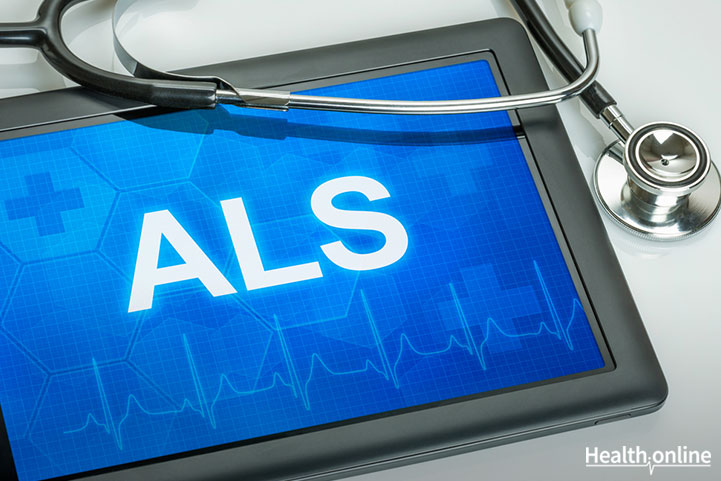
Risk Factors of ALS
There are both physiological and environmental factors that can increase a patient’s risk of developing ALS. Risk factors include heredity, age, sex and genetics. Other environmental risk factors for developing ALS include smoking, toxin exposure and those who have served in the military.
Genetics also plays an important part in the risk of developing ALS. As discussed above, there are particular genes that, when mutated, can progress into ALS. Approximately 5 to 10% of patients acquire ALS through a parent-child transmission. This specific type of ALS is known as Familial ALS.
Age is also a risk factor associated with the development of ALS. Patients between the ages of 40 and 60 are at the highest risk of developing this disease. ALS is more prevalent in men than women among patients younger than 65. However, in patients older than 70, the trend of men being more likely to be diagnosed with this disease diminishes; and men and women are equally at risk. Further research is required to develop more concrete direct links between these risk factors and ALS development.
Environmental factors have also been seen to play a role in the development of ALS. Research has indicated that postmenopausal women are more likely to have ALS when compared to men if they were active smokers. Exposure to toxins within the environment may also be associated with ALS. One particular toxin has been thought to have a role in ALS development – lead.
Finally, those who have served in the military have been found to be more likely to be diagnosed with ALS. The specific factors behind this have not been identified. However, when the data is evaluated, it appears that those who have served in the military have a higher incidence of ALS development. The hypothesis is that these individuals are exposed to a wide array of unknown chemicals and toxins that may contribute to their acquiring ALS. It is important to remember that these are risk factors and direct associations that must be further evaluated in order to prove validity.




